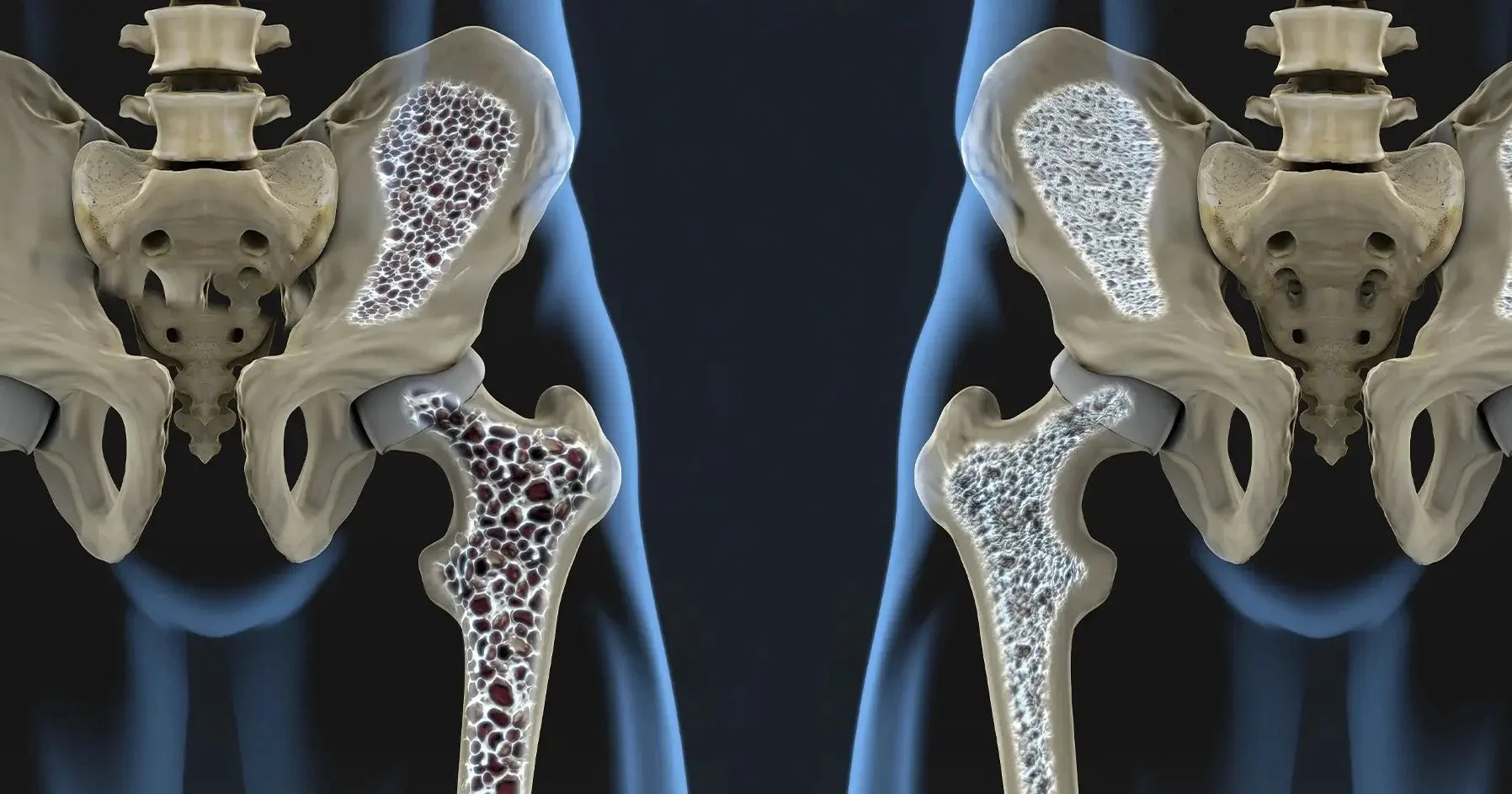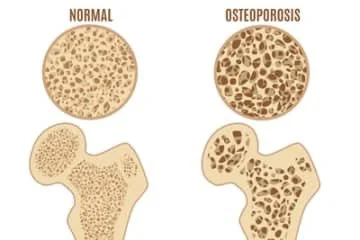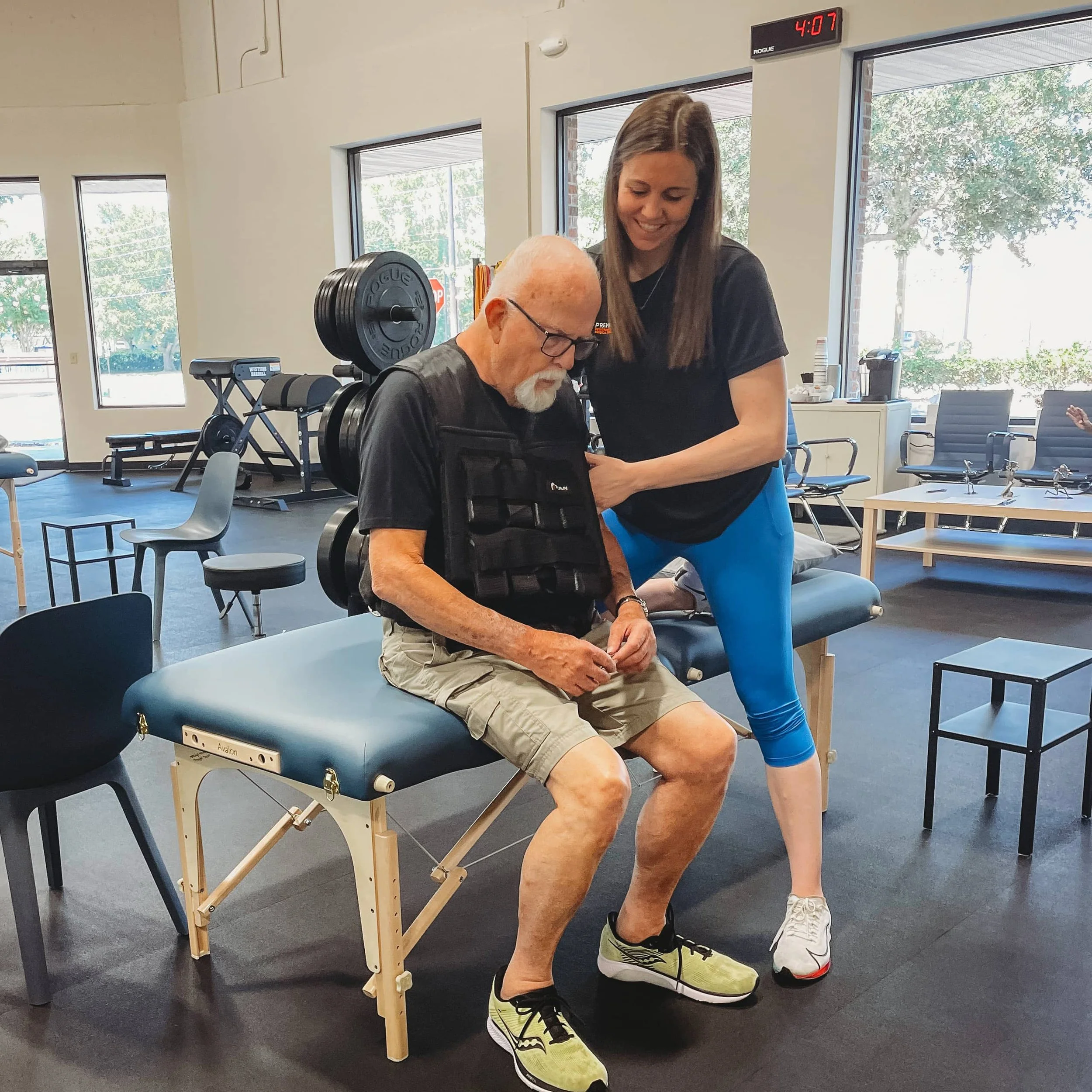The Crucial Role of Physical Therapy in Managing Bone Density for Osteoporotic Patients
Unlocking the Importance of Physical Therapy for Osteoporotic Patients
Are you or someone you know grappling with osteoporosis, a condition that weakens bones and makes them more susceptible to fractures? The good news is that beyond traditional medical interventions, physical therapy emerges as a potent ally in managing bone density for osteoporotic patients. In this comprehensive guide, we'll explore the pivotal role physical therapy plays in enhancing bone health and empowering individuals on their journey towards stronger, resilient bones.
Understanding Osteoporosis: A Fragile Foundation
Before we delve into the world of physical therapy, let's grasp the fundamentals of osteoporosis. This silent condition stealthily diminishes bone density, leaving bones fragile and prone to fractures. As individuals age, particularly post-menopause for women, the risk of osteoporosis increases. The question arises: can physical therapy be a game-changer in managing this delicate balance of bone health?
The Dynamic Duo: Physical Therapy and Bone Density
Why does physical therapy matter for osteoporotic patients?
Physical therapy isn't just about breaking a sweat; it's a strategic approach to enhancing musculoskeletal well-being. For individuals with osteoporosis, physical therapy offers targeted exercises that boost bone density and promote overall bone health. Let's uncover the specifics.
Tailored Exercises for Osteoporosis: Strengthening the Foundation
Resistance Training
Incorporating resistance exercises into a physical therapy routine is akin to providing a fortified shield for bones. Weight-bearing exercises stimulate bone-forming cells, contributing to increased bone density. Simple yet effective movements, like squats and lunges, become powerful tools in the fight against bone fragility.
Balance and Stability Exercises
Osteoporosis not only weakens bones but also jeopardizes balance. Physical therapy addresses this concern head-on with exercises that improve stability and reduce the risk of falls. Osteoporotic patients are more susceptible to fractures after a fall, making balance exercises a must. A stable foundation is crucial for individuals with osteoporosis to navigate daily activities confidently.
Frequency Matters
Too much volume can lead to bone pain and possible fractures. Too little volume limits the effects of the exercise. One size does not fit all when it comes to physical therapy for osteoporosis. A skilled physical therapist tailors sessions to an individual's specific needs, considering factors like age, bone density levels, and overall health. Crafting a personalized plan ensures maximum efficacy in managing bone density.
Consistency is Key
To reap the full benefits of physical therapy in managing bone density, consistency is paramount. Regular sessions, combined with at-home exercises, create a continuum of care that gradually strengthens bones and improves overall musculoskeletal health.
Considerations and Contraindications: Navigating the Path
Consultation with Healthcare Providers
While physical therapy is a valuable tool, consultation with healthcare providers is crucial. A thorough assessment ensures that the chosen exercises align with the individual's overall health and medical history.
Adapting to Individual Needs
Certain exercises may need modification based on an individual's specific conditions, especially those dealing with other orthopedic pains, like hip or shoulder pain. A skilled physical therapist understands the nuances and adapts the routine to accommodate individual needs and limitations.
Conclusion: Embracing a Stronger Future
In the realm of osteoporosis management, physical therapy emerges as a beacon of hope. Beyond traditional treatments, it provides a proactive and empowering approach to enhancing bone density and overall musculoskeletal health. By integrating physical therapy into your osteoporosis management plan, you embark on a journey towards stronger, more resilient bones, laying the foundation for a healthier and more active future.



